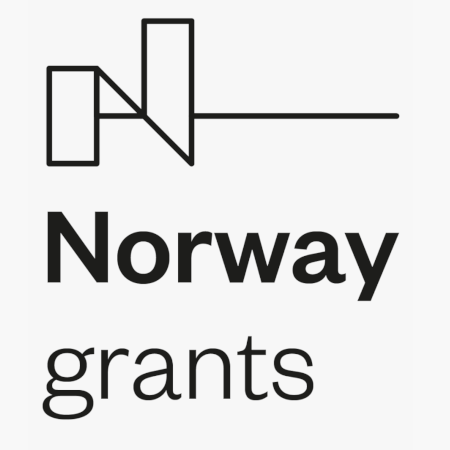Borderscape Blog 11: Visualizing Flood Data
At last, we have come to the concluding section of our three part series on Nile flooding! The first blog in this series discussed when the inundation occurred together with a brief discussion of how this impacted life in Pharaonic Egypt, while the following section examined nilometers, since they were used to recording the height …

